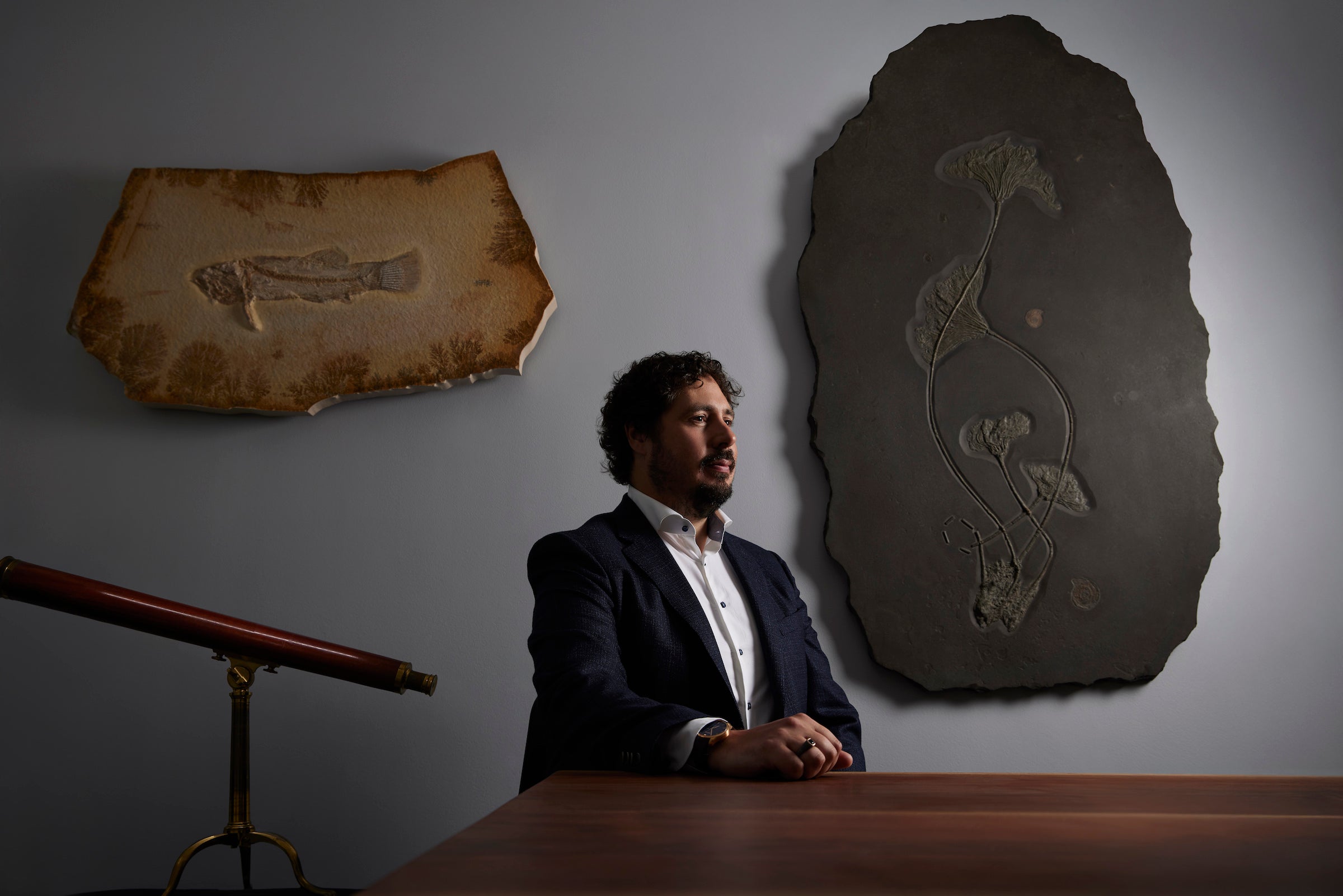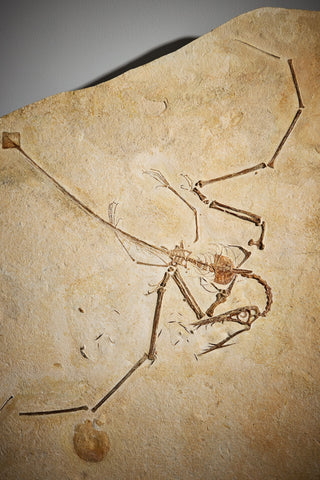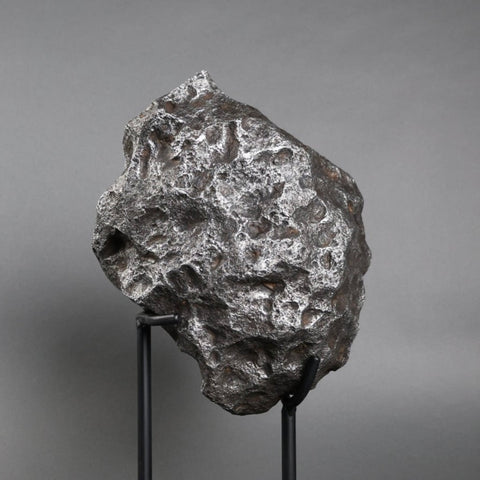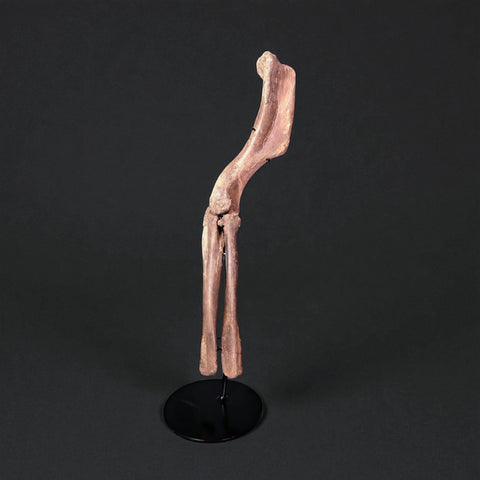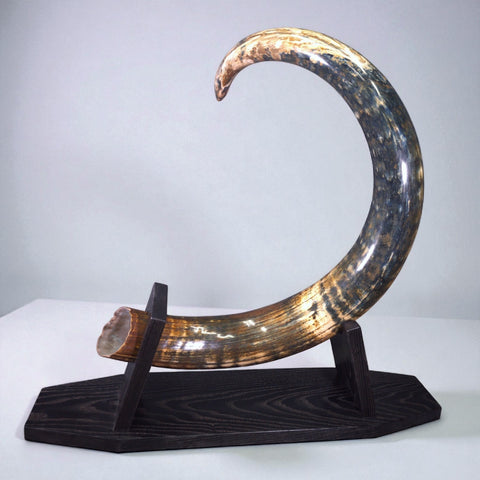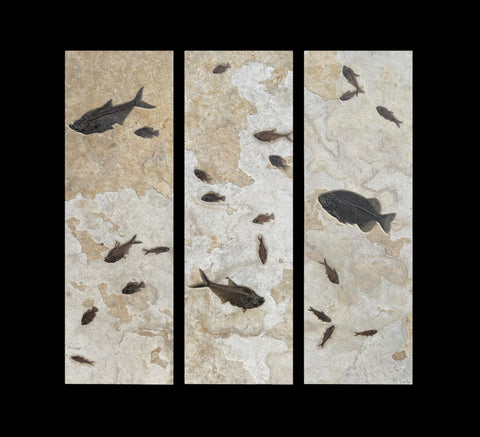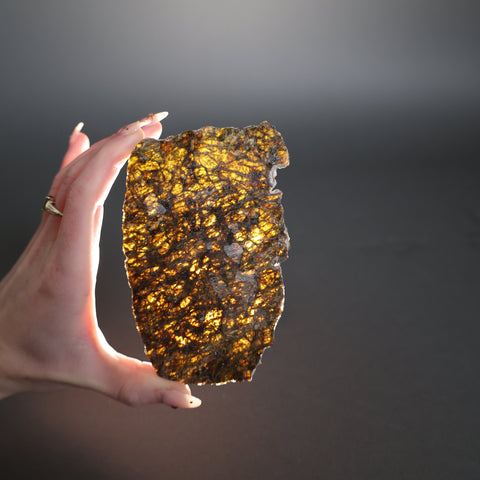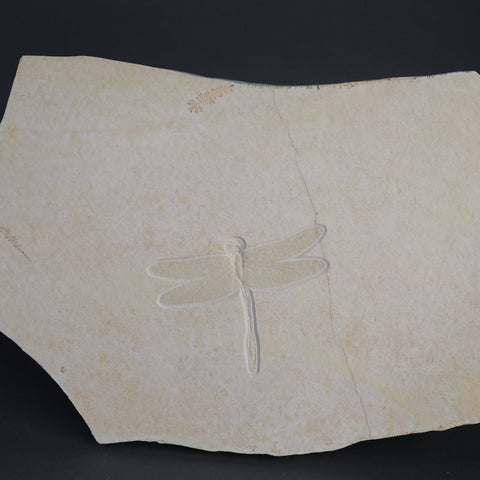Curating Exceptional Fossil and Meteorite Collections
Fossil Realm operates at the intersection of science and culture — presenting rare works of natural history distinguished by their provenance, beauty and significance. Through private brokerage and advisory, we guide collectors and institutions in acquiring specimens of enduring significance.
Experience and Expertise
For more than four decades, Fossil Realm has sourced and placed rare fossils and meteorites of significance. Beyond offering specimens for acquisition, we advise clients on building and refining collections with lasting value. Our work brings us into collaboration with commercial paleontologists, scientists, and other specialists worldwide, ensuring each engagement is informed, rigorous, and discreet. From our Ottawa gallery to our Toronto-area facility for restoration and storage, we maintain the highest standards of care.
Integrity and Professionalism
As members of AAPS and IMCA (Peter Lovisek, 4875), we uphold the highest ethical standards in every transaction. We place particular emphasis on provenance, authenticity, and legal compliance, giving clients confidence in the specimens they acquire. Every piece is accompanied by documentation, including a signed Certificate of Authenticity and detailed Condition Report. Discretion, integrity, and transparency are at the core of our sales, brokerage and advisory services.
Passion and Wonder
Fossil Realm began with a mission to inspire curiosity and a love of the natural world through immersive experiences at the Toronto Nature Centre. Today, that same passion guides our work with collectors and institutions: whether acquiring a once-in-a-lifetime specimen or curating a collection that tells a story of deep time, our goal is to foster wonder and discovery through the remarkable record of Earth’s past.
Timeless Forms: The Fossil Realm Journal
Meteorites: Where Earth and Sky Converge — A Reflection on the Wider Cosmos

Meteorites blur the boundary between Earth and space — reminders that our world is not apart from the cosmos, but continuous with it. Each one is a fragment of celestial history, shaped by unimaginable forces and carried across millions of kilometers before finding rest on our planet.
A lunar stone speaks of exile and return; a pallasite glows with gemstones born of collision; an oriented chondrite bears the memory of motion through fire; and an ancient Campo iron, sculpted by cosmic winds, endures as metal turned art.
Together they stretch both time and space, placing our brief lifetimes in perspective.
The Stan Effect — How a T. rex Redefined the Fossil Market (2020 to 2025)

When Christie’s sold Stan the T. rex for $31.8 million in 2020, it didn’t just break a record—it redrew the boundaries of an entire market. The sale triggered what I call The Stan Effect: a self-reinforcing loop of headlines, new entrants, and rising valuations that transformed fossils into cultural capital. In the years since, dinosaurs have appeared in blue-chip auctions and art fairs, commanding prices once reserved for masterpieces. Now, with Phillips offering Cera the juvenile Triceratops in 2025, we’re seeing that cycle mature into a new phase. Fossils are no longer just scientific specimens—they’ve become emblems of art, investment, and cultural identity.
Archetypes of Deep Time: The Five Personas of Fossil Collecting

Fossil collecting has evolved from a niche passion into a global market where science, art, and investment intersect. Today’s collectors range from museum curators to design connoisseurs, lifelong enthusiasts, and investors seeking tangible rarity. Each brings a different motive — preservation, beauty, scholarship, or value — yet all are bound by a shared fascination with deep time. Drawing on decades of experience, Fossil Realm identifies five collector personas that define this remarkable ecosystem. Together, they reveal how fossils have become cultural treasures as well as scientific legacies.
